Intrigued by the unknown and obscure, the Austrian photographer delves beyond what first meets the eye
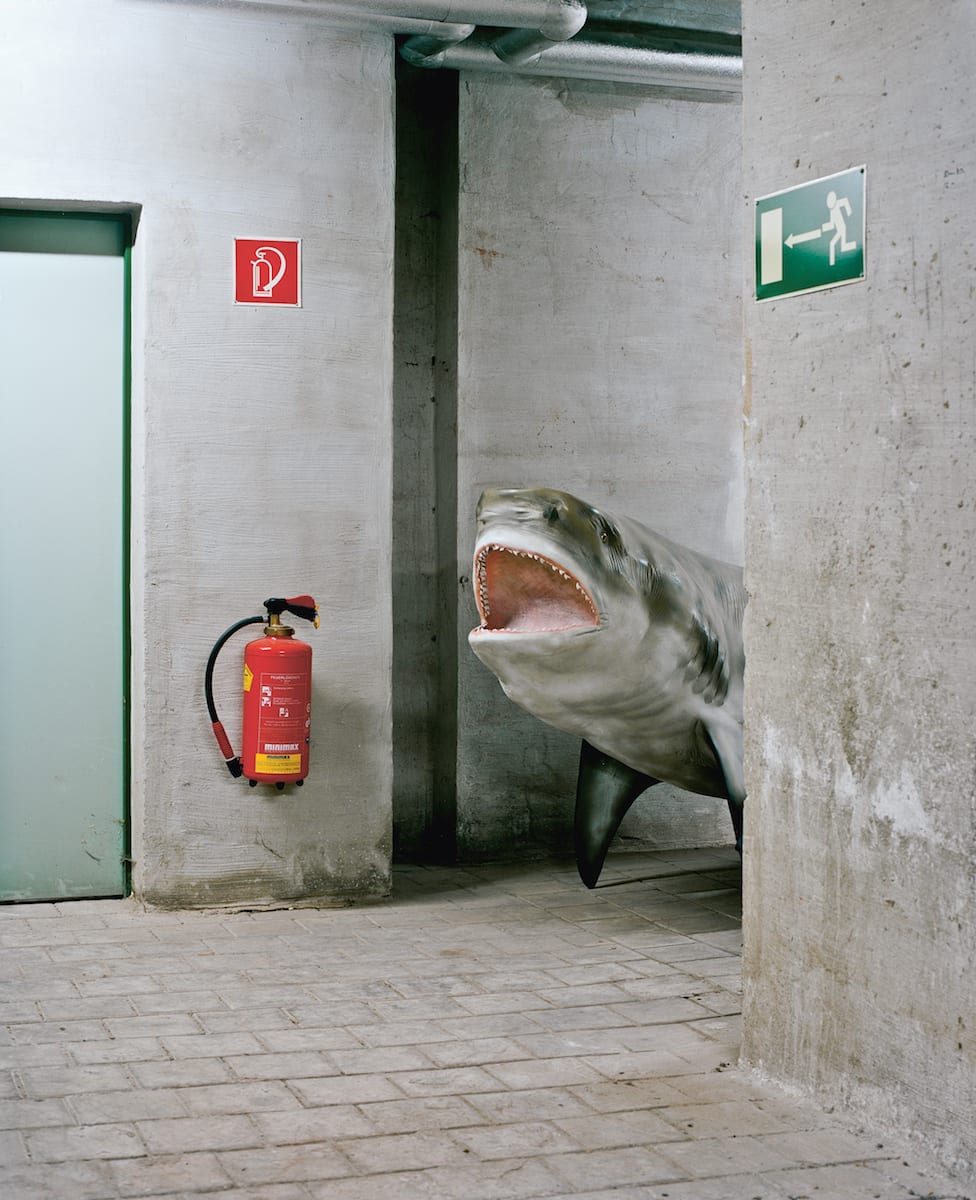

Intrigued by the unknown and obscure, the Austrian photographer delves beyond what first meets the eye

London-based photographer Rosie Matheson has worked on a number of editorial projects for clients such…
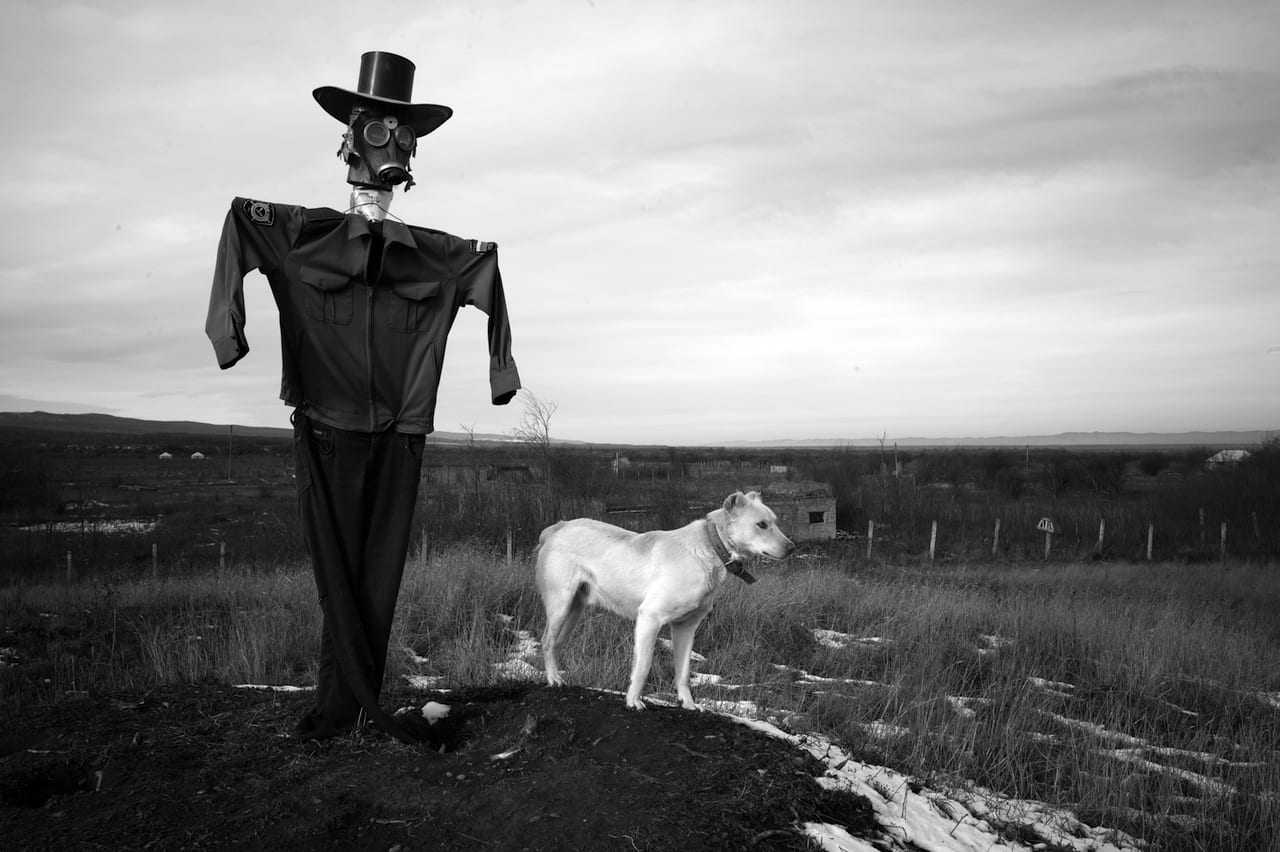
“The end of war does not mean peace,” says Sara Terry, founder of The Aftermath Project. “Every story of war includes a chapter that almost always goes untold – the story of the aftermath, which day by day becomes the prologue of the future.” It was in September 2000 that Terry decided to go to Bosnia. Six weeks earlier she had come across a story reporting on so-called ‘Bosnia fatigue’, the factor that meant that, five years after the end of the Bosnian War, the reporters were long gone and the international aid agencies were shipping out. Frustrated by the idea that people could forget what had happened, Terry felt compelled “to capture the images that are the all-too-often forgotten companions of the vivid pictures of war itself.” Terry had started out as a print reporter but went on to produce formative photographic work in Bosnia, which she published as Aftermath: Bosnia’s Long Road to Peace. The experience also led her to set up The Aftermath Project in 2003, with the aim of telling post-conflict stories from around the world and throughout time.
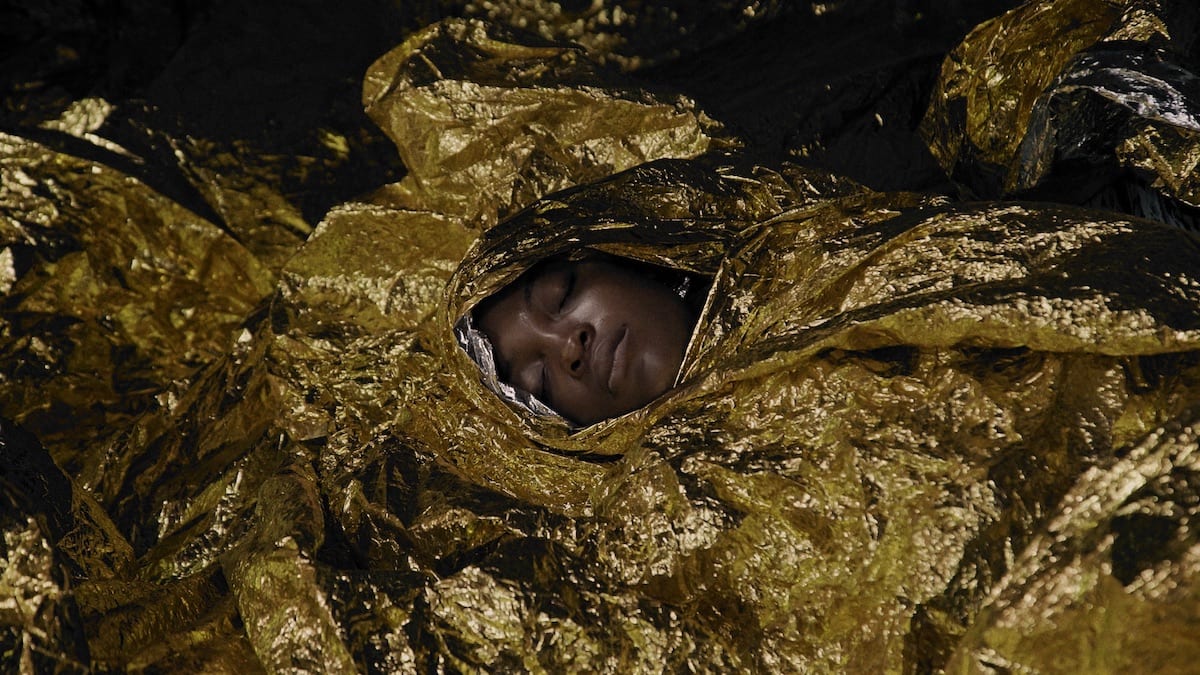
KABK’s first photography MA will explore the power of the medium to incite debate, dialogue, and even change
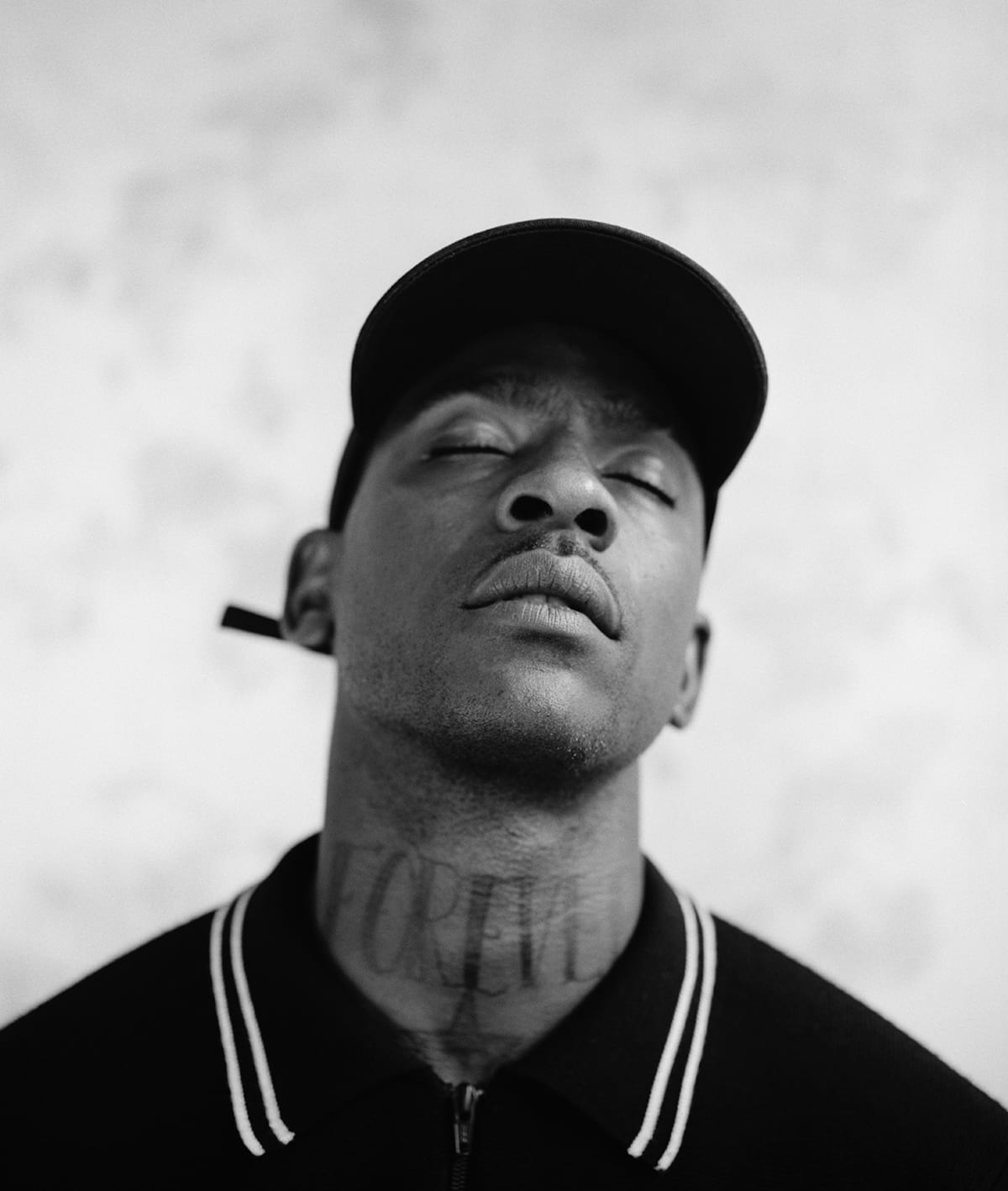
View our gallery of last year’s winning portraits for inspiration here. BJP welcomes entries for…
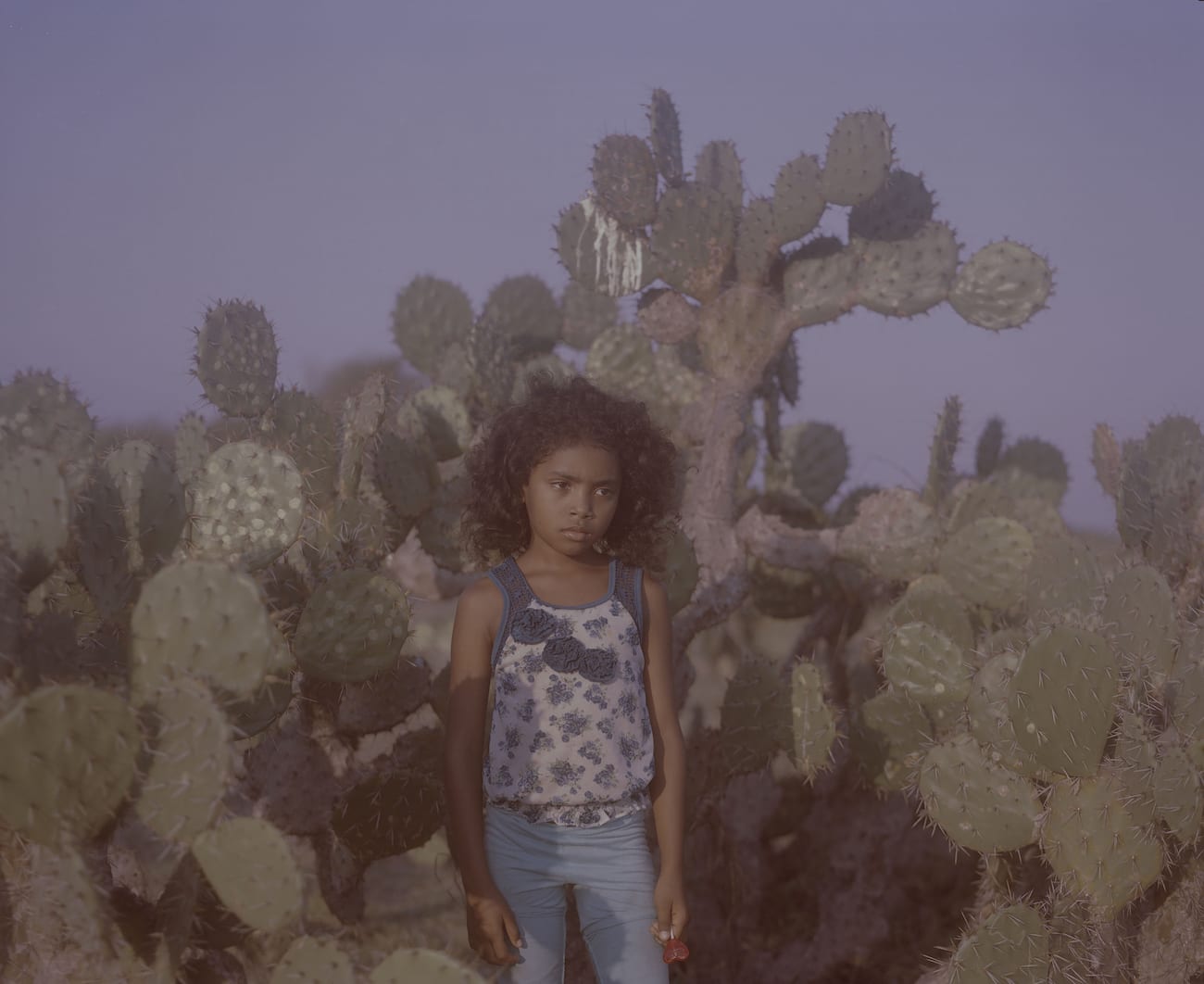
With her tent pitched on a local family’s front garden, Cécile Smetana Baudier spent five weeks photographing Costa Chica’s hidden Afro-Mexican community
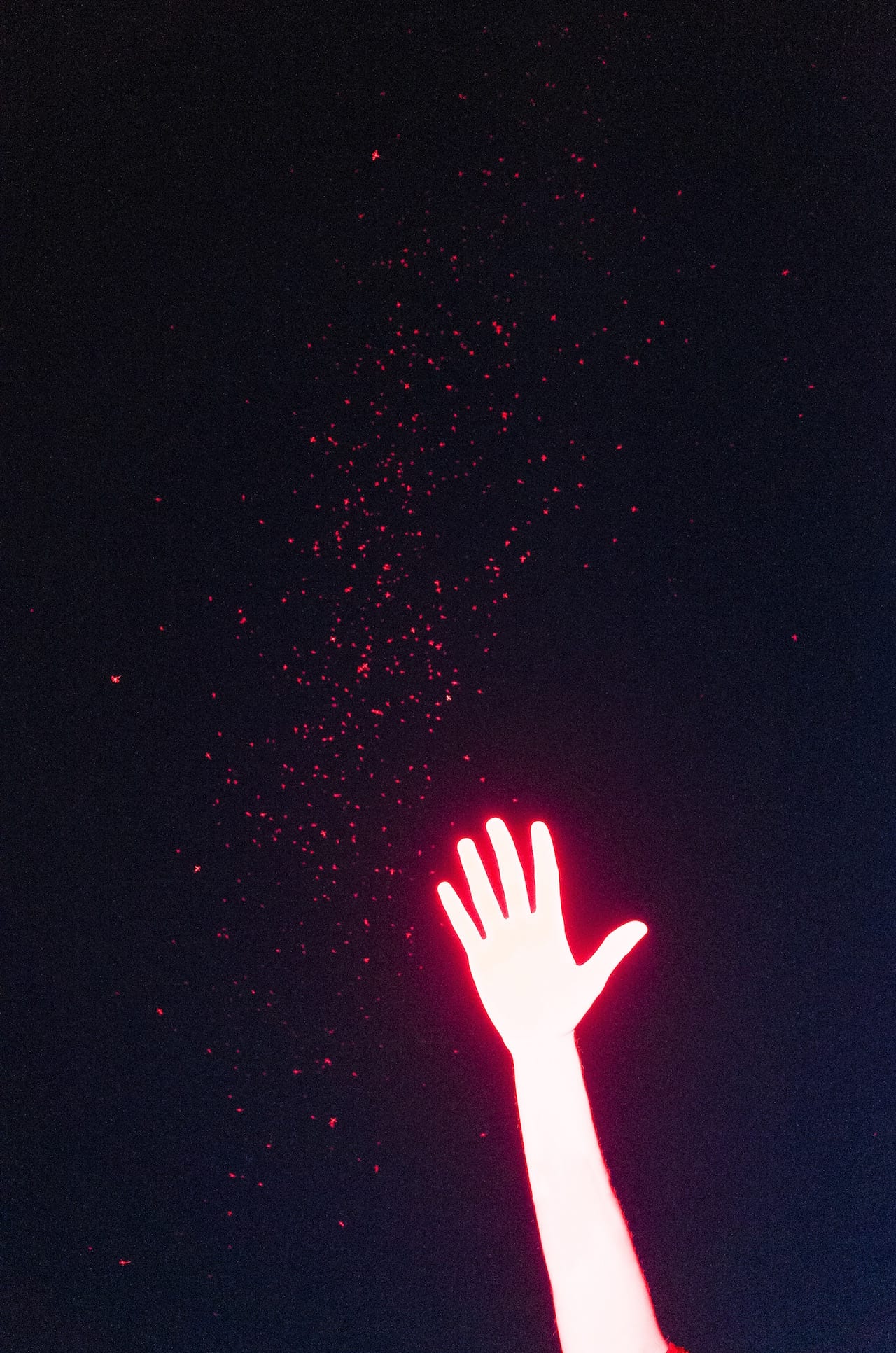
What does Eastern Europe look like 25 years after the fall of Communism? And how do young image-makers there see it? Calvert 22 is investigating, with an exhibition titled Post-Soviet Visions: image and identity in the new Eastern Europe. Curated by Ekow Eshun, creative director of Calvert 22 Foundation, and freelance writer and curator Anastasiia Fedorova, the exhibition includes work by 14 emerging photographers born in Eastern Europe and Russia – Armen Parsadanov, David Meskhi, Dima Komarov, Genia Volkov, Grigor Devejiev, Hassan Kurbanbaev, Ieva Raudsepa, Jędrzej Franek, Masha Demianova, Michal Korta, Patrick Bienert & Max von Gumppenberg, Paulina Korobkiewicz, and Pavel Milyakov.
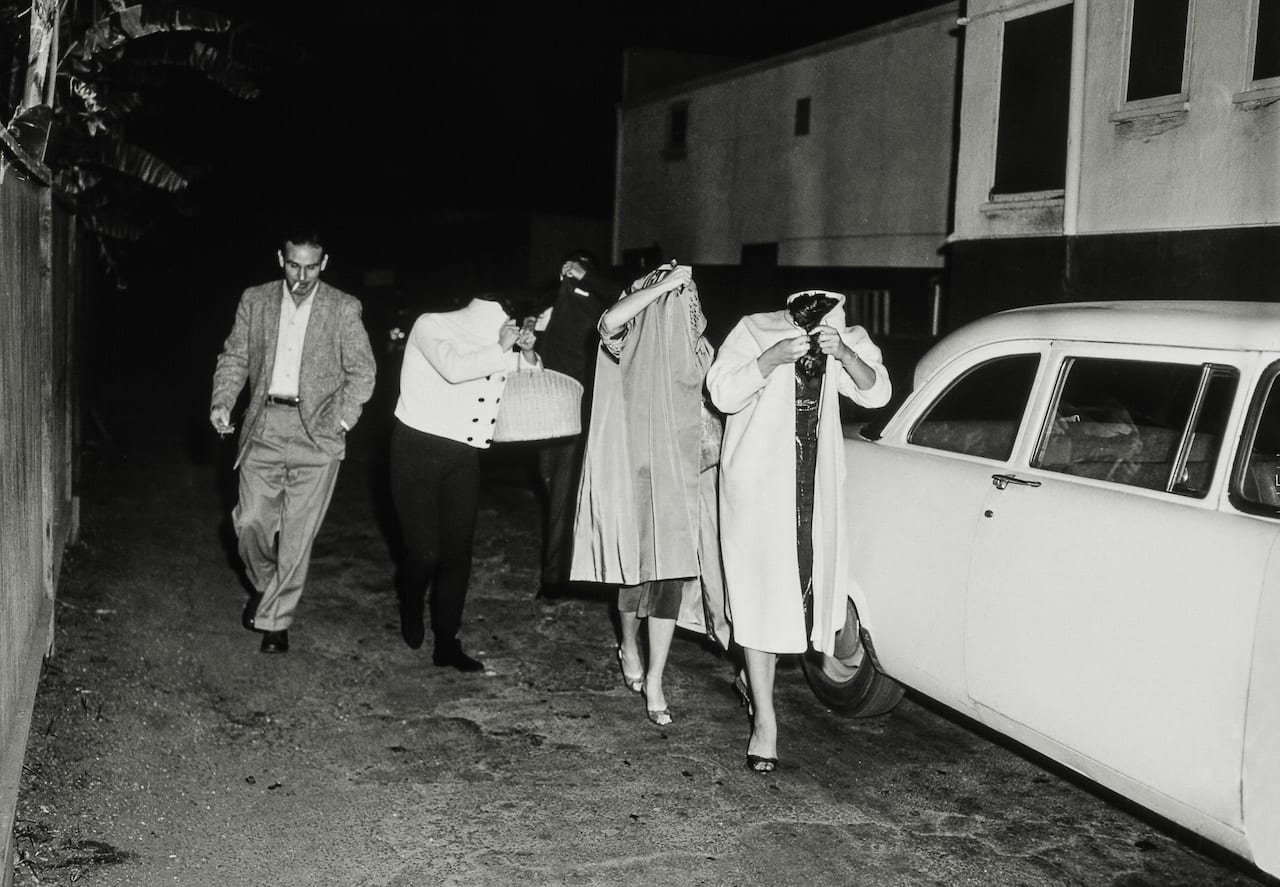
“The streets were dark with something more than night,” wrote Raymond Chandler in The Simple Art of Murder (1950). Born in Chicago but brought up in Los Angeles, Chandler helped create the genre that became synonymous with the City of Angels – the grimy, morally ambiguous Noir. And, suggests a new book by Taschen’s executive editor Jim Heimann, there’s good reason why LA gave birth to Noir. A small (though already shady) city until 1892, it was transformed when oil was discovered in modern day Echo Park. The black gold brought in money, and with it corruption, and a series of lurid real-life crimes. At the same time, Hollywood and the burgeoning newspaper industry helped ensure a plentiful supply of photographers, documenting both the good and the bad to be found.
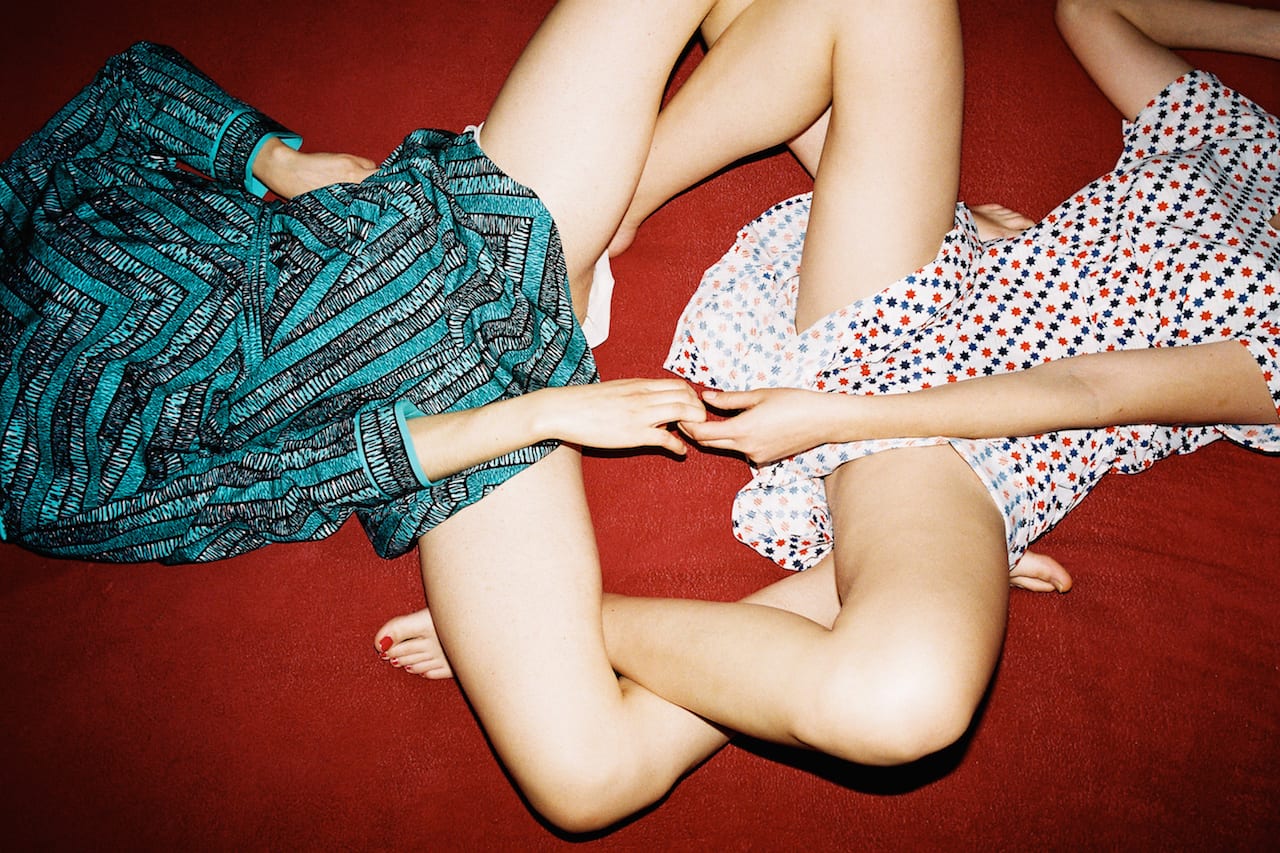
“It is a very progressive, very independent festival. It’s not part of the city’s art establishment. It’s dynamic, because the organisers are working way out on a limb,” says Susan Bright, ‘godmother’ of the Circulation(s) festival of young European photography, which takes place in Paris from 17 March-06 May
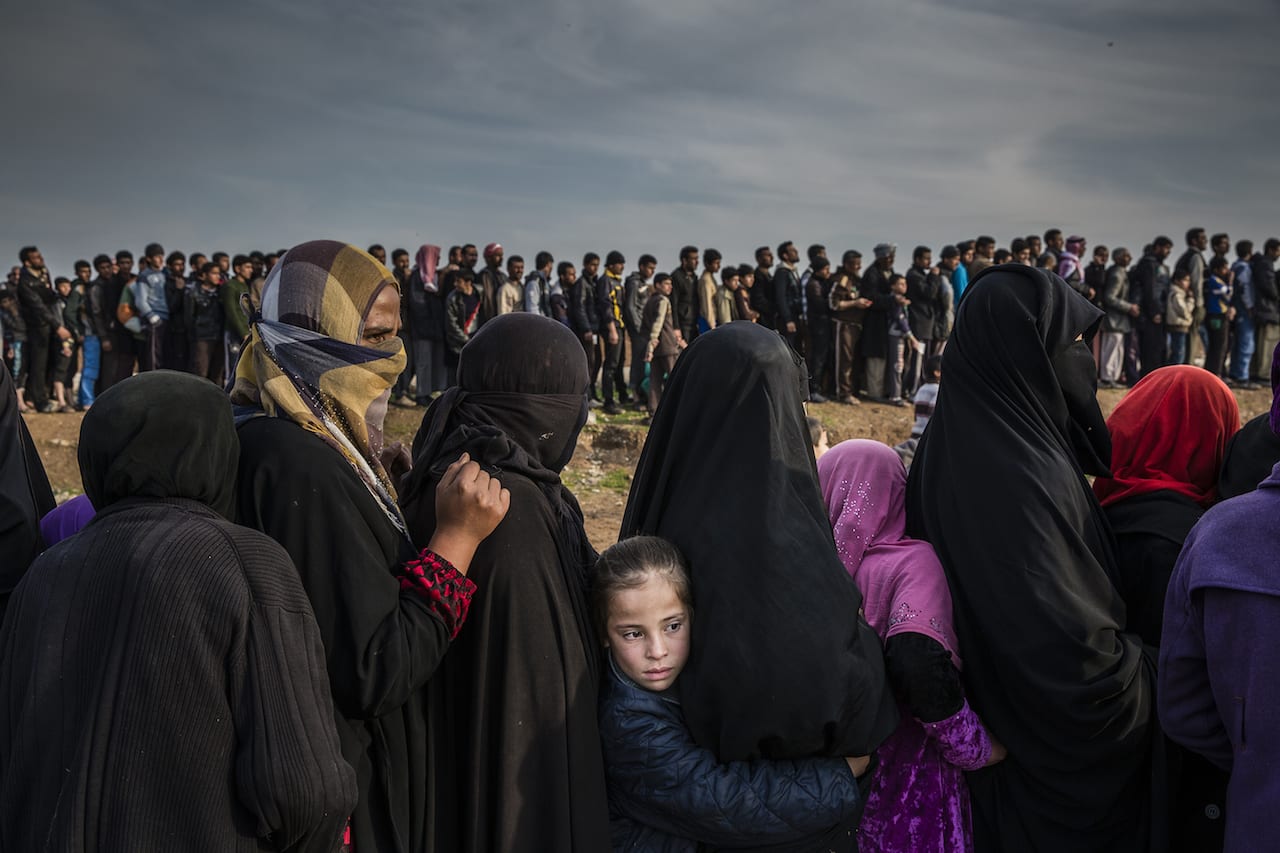
“It’s crazy, I can’t believe it,” says Ivor Prickett, of his two nominations for the World Press Photo of the Year award. “Out of a line up of six, to have two images seems insane considering the amount of great work being produced last year. I can’t quite believe it.” He’s on the phone from Iraq where he’s headed back back to Mosul, the city he’s been photographing for well over a year. Iraq’s second biggest city, Mosul was taken by ISIS militants in June 2014; in October 2016 Iraqi troops began a major offensive to regain the city, the largest military operation since the 2003 invasion of Iraq, and Prickett joined them right away. Originally from Ireland, he’s been based in the Middle East since 2009 and says that “as a reporter in the region, I couldn’t help but cover it”.
